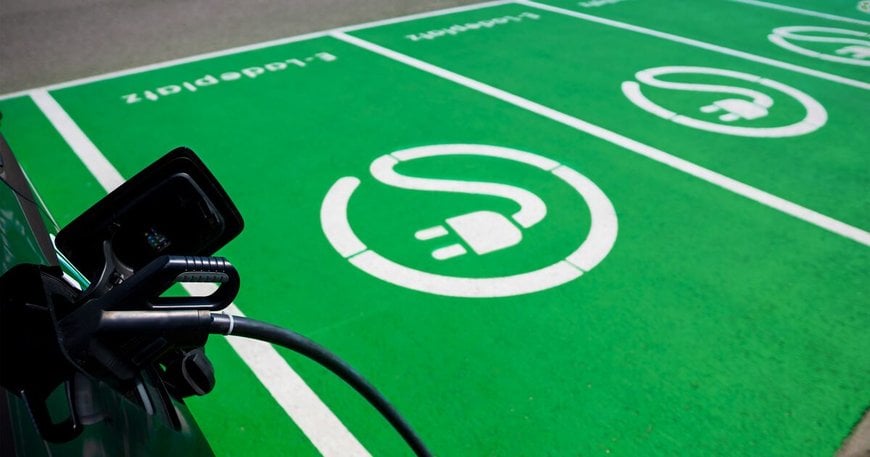www.industry-asia-pacific.com
22
'21
Written on Modified on
Charging at home or publicly?
A car with a combustion engine is refueled publicly at a service station.

Why not do the same with an electric vehicle? After all, the public charging network has a large number of charging stations and gone are the days when people were forced to charge at home because the network had not been sufficiently developed. Four facts speak in favor of charging at home nonetheless.
Charging at home is cheaper
At home, you know what a kilowatt hour (kWh) costs. At public charging stations, this is often not quite so clear. In Austria, for example, some operators charge according to the time spent charging or pre-fixed taxes, making it almost impossible to estimate in advance the price of the energy actually charged. In Germany, charging is based on actual consumption, but the 383 tariffs currently available from over 200 different providers make it difficult to get an overview1 of the situation, as the prices differ enormously between them. If you take a VW ID.3 with an average mileage of 15,000 km per year as a comparison, charging at a wallbox at home costs 920 euros (measured against the average price for one kWh in Germany2). If, on the other hand, you only charge in public, you pay 2,165 euros 3 at the most expensive German provider - 135% more than at home.
Charging at home is better for the battery
Even if fast charging at a DC charging station is practical, it should be avoided as much as possible. This is because frequent fast charging has a negative effect on the life of the battery because it changes the cell chemistry over time. The rule is therefore: the electric car or plug-in hybrid should be charged as slowly as possible - time permitting - for example overnight at the wallbox at home.
Charging at home is more environmentally friendly
In contrast to public charging stations, at home you can choose your own local electricity provider. And here we recommend selecting one that provides 100% renewable energy, because then you can be sure that charging your car will not have a negative impact on your carbon footprint. In addition, a wallbox (such as our KeContact x- or c-series) offers the advantage that it can be connected to your home's own photovoltaic system. In this way, the e-car can be operated using solar power from your own roof. Furthermore, it can be integrated into your Smart Home, which makes it possible to regulate the power consumption of the vehicle depending on the output of the PV system, battery storage or heat pump.
Charging at home saves time
Of course, it is possible to make good use of the time spent at a public charging station, but you are still limited in what you can do. The best approach is to charge your car like you would your smartphone: plug it in when you're not using it. Instead of driving to a charging point and waiting, you can charge over night at home or in the company car park during the day, according to the motto "If it ain't driving, it's charging." This saves time and is very practical.
www.keba.com

